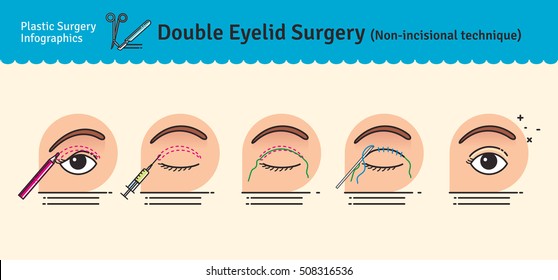Fascinated In Discovering The Distinctions Between SMILE, LASIK, And PRK Eye Treatments?
Fascinated In Discovering The Distinctions Between SMILE, LASIK, And PRK Eye Treatments?
Blog Article
Short Article Written By-Foss Michelsen
If you have actually been thinking about SMILE eye surgical procedure, you may ask yourself exactly how it compares to LASIK and PRK. Each procedure has its own collection of benefits and factors to consider. From laser in cataract surgery to possible threats, there are essential distinctions you need to understand before making a decision. Comprehending these differences will aid you make an enlightened choice that lines up with your certain needs and expectations. Interested to understand even more about how these procedures contrast carefully? Keep on exploring to gain a detailed understanding of SMILE, LASIK, and PRK.
SMILE Eye Surgical Treatment Overview
If you're taking into consideration SMILE eye surgical procedure, you'll find it to be a minimally invasive treatment with a quick recovery time. During SMILE (Small Laceration Lenticule Removal), a laser is used to produce a small, accurate laceration in the cornea to get rid of a small piece of tissue, improving it to fix your vision. This differs from LASIK, where a flap is created, and PRK, where the external layer of the cornea is totally removed.
One of the essential advantages of SMILE is its minimally invasive nature, causing a faster recovery procedure and less pain post-surgery. The recuperation time for SMILE is reasonably fast, with numerous patients experiencing improved vision within a day or 2. This makes it a preferred selection for those seeking a practical and reliable vision correction procedure. Furthermore, what cataract surgery is covered by medicare has been shown to have a lower threat of completely dry eye syndrome contrasted to LASIK, making it a positive option for individuals worried about this potential negative effects.
Distinctions In Between SMILE, LASIK, and PRK
When contrasting SMILE, LASIK, and PRK eye surgeries, it is essential to understand the distinct techniques utilized in each procedure for vision modification.
SMILE (Tiny Incision Lenticule Removal) is a minimally invasive treatment that includes creating a little incision to remove a lenticule from the cornea, improving it to deal with vision.
can you get cataracts at 40 (Laser-Assisted Sitting Keratomileusis) involves developing a thin flap on the cornea, utilizing a laser to reshape the underlying cells, and then rearranging the flap.
PRK (Photorefractive Keratectomy) eliminates the outer layer of the cornea prior to reshaping the cells with a laser.
The main difference hinges on the method the cornea is accessed and treated. SMILE is flapless, making it a good option for individuals with thin corneas or those involved in contact sports. LASIK offers fast visual recuperation because of the flap creation, yet it may present a higher risk of flap-related complications. PRK, although having a much longer recuperation period, prevents flap-related problems entirely.
Comprehending these variations is critical in picking the most appropriate treatment for your vision modification needs.
Pros and Cons Comparison
To examine the benefits and downsides of SMILE, LASIK, and PRK eye surgeries, it's necessary to consider the specific advantages and prospective restrictions of each procedure. SMILE surgery offers the advantage of a minimally invasive procedure, with a smaller sized laceration and possibly quicker recuperation time contrasted to LASIK and PRK. It additionally lowers the risk of dry eye post-surgery, an usual side effect of LASIK. Nevertheless, SMILE might have limitations in treating greater degrees of myopia or astigmatism compared to LASIK.
LASIK surgical treatment offers rapid visual recuperation and marginal pain during the treatment. It's extremely efficient in dealing with a wide range of refractive errors, consisting of nearsightedness, hyperopia, and astigmatism. Yet, LASIK carries a risk of flap problems, which can impact the corneal structure.
PRK eye surgery, while not as prominent as LASIK, avoids developing a corneal flap, lowering the threat of flap-related complications. It appropriates for clients with slim corneas or uneven corneal surface areas. Nevertheless, PRK has a longer recovery time and may entail more pain throughout the healing process.
Final thought
So, when it comes to choosing between SMILE, LASIK, and PRK, think of it like selecting the best pair of shoes. SMILE resembles a smooth, comfortable pair of tennis shoes - quick and easy.
LASIK is much more like trendy high heels - fancy and quick, yet with some potential risks.
PRK is like strong hiking boots - trusted and resilient, however requiring a little bit more time and effort.
Eventually, the very best option relies on your individual demands and choices.
